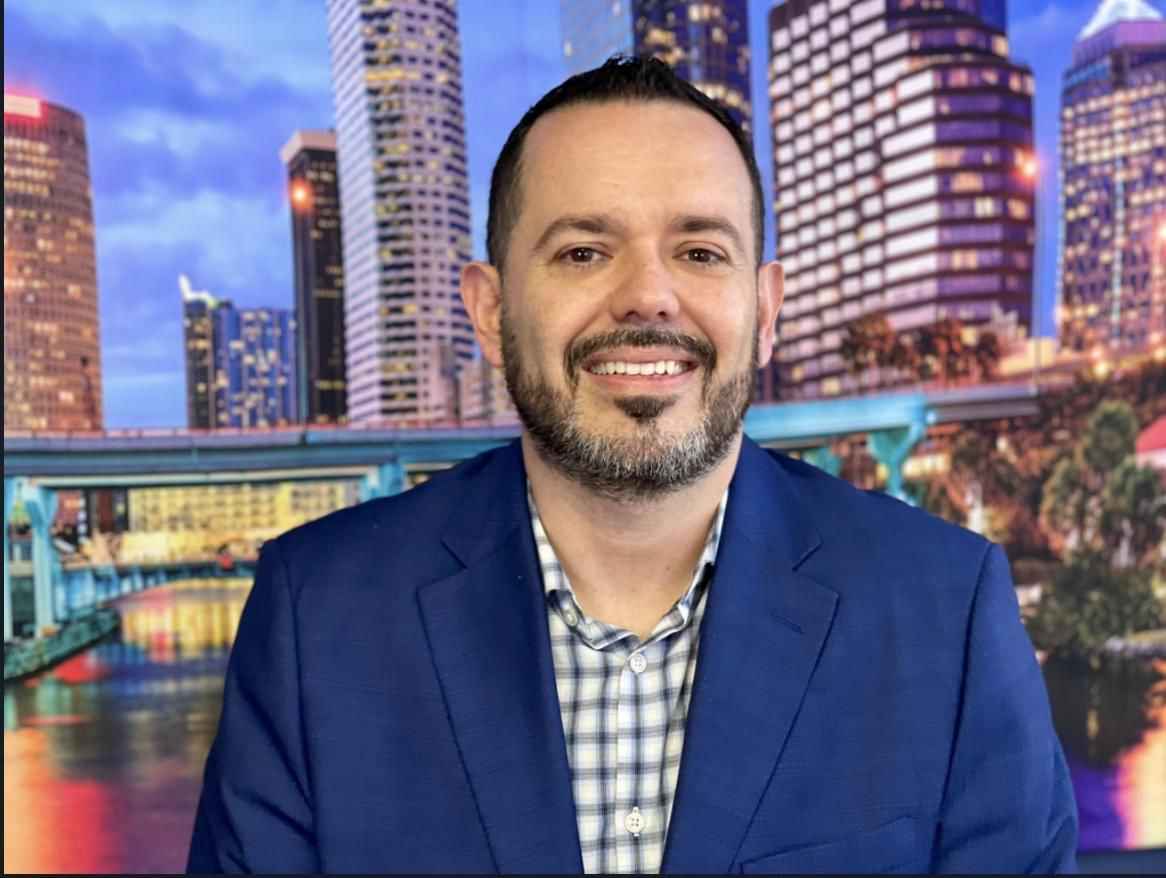Today was one of those classic real estate days. I’m sitting there, finalizing a flip deal, and as I’m wrapping up, the lender gives me that look. You know the one. The “don’t even think about bringing a second mortgage to this table” look. And that’s when it hit me—this is a perfect teaching moment.
And to make it even more real, we got on the phone with the investor—who was a bit confused about how we were going to get this done. So I looped in Cody and Lisa from the team. We broke it down for him, step by step. Once he realized the playbook we were working with, the lightbulb went off.
So let’s break it down: why do institutional lenders freak out about second mortgages at closing, but magically chill out after closing?
Why You Can’t Add a Second at Closing (Most of the Time)
Here’s the thing—big lenders like control. At closing, they want to be the only lien on record. No tag-alongs. No second-position surprises. If you try to record a second at the same time, they’ll usually kill the deal faster than you can say “creative finance.”
Why? Simple:
-
They want first position in case of default.
-
They don’t want to share foreclosure proceeds with anyone.
-
They want to make sure you have skin in the game.
That last one? It’s real. They want to see your cash, your risk, your commitment. If you stack in a second loan at closing, it looks like you’re using 100% OPM (Other People’s Money), and that makes them nervous.
But the second that first lien gets recorded—boom—the door cracks open.
What Happens the Day After Closing
Now you’re in the sweet spot. Once the first mortgage is on record, that lender’s position is locked. You can now bring in a second-position lender (a partner, private lender, credit line, etc.) without violating terms.
It’s like saying, “Thanks for trusting me with the keys. Now let me go build this house how I want.”
And that’s exactly what I did today.
Real Talk: How I Structure Creative Flip Funding
Here’s how it went down:
I needed to close on a flip, but didn’t want to sink in my own cash for the rehab. So I lined up a short-term partner—a buddy of mine who’s helped me with gap funding before. He fronted the rehab cash, and the second we closed, I prepared a second mortgage to record the very next day.
Now my first lender is happy, and my partner feels secure because he’s on paper. Everybody wins.
But that’s just one way. Let me give you the full buffet:
7 Creative Ways to Add a Second Mortgage After Closing
1. The 48-Hour Partner Payback Plan
You bring in a short-term partner to cover rehab or closing costs. After closing, you record a second mortgage in their name and set terms to pay them back in 30–90 days, plus interest.
2. Credit Card Hacks (But Be Smart!)
Use 0% APR business credit cards to fund renovations. Once the first mortgage is recorded, use a second-position HELOC or private loan to pay off the cards before the interest hits.
3. Equity from Another Property (Cross-Collateralization)
Borrow against another property you own, then use those funds post-closing for rehab. You can even secure the new loan with a second mortgage on the flip property.
4. Silent Partners With Equity Splits
Instead of interest, give your partner a percentage of profits. Record a second mortgage in their name post-closing to show they’re protected.
5. Self-Directed IRA or Solo 401(k)
Lend yourself money from your retirement account post-close by setting up a second mortgage note between your IRA LLC and the property.
6. Vendor or Contractor Financing
Negotiate with your contractor to defer payment until resale. After closing, record a second mortgage for the amount owed to keep them protected.
7. Personal Loan to LLC
You or a family member lends to the LLC holding the property. After closing, record a second mortgage between lender and LLC.
Timing Is Everything
I’ll say it again for the people in the back: Don’t record a second mortgage on the day of closing unless your first lender explicitly approves it (and they almost never do).
Wait one day. Sometimes two, just to be safe. That’s the hustle—knowing when to move.
The Psychology of the Lender
Part of this is legal, sure. But most of it? It’s psychology. Lenders want to believe you’re all-in. They want to see that you’ve got something to lose. If they smell too much creative stacking at closing, they think you’re a flight risk.
But once they’re locked in, they don’t really care how you fund your rehab—as long as their loan gets paid first.
My Quick Tips for Keeping It Clean:
-
Always close with your own funds or a partner whose money doesn’t show up as a second on Day 1.
-
Get your second lien documents ready before closing, but record them after.
-
Be transparent with your private lenders—they want to know their position, even if they’re behind the first.
-
If you’re ever unsure, check your first lender’s docs for a “No Junior Liens” clause.
And if they see a second lien magically appear the next day? Most of the time, they shrug and move on.
Why This Works (And Why Most People Don’t Do It)
Because it takes guts, coordination, and trust. But if you’re serious about building wealth in real estate without bleeding your bank account dry, this is the move.
I’ve done it. I still do it. And I’ll keep doing it—because creative financing is how you scale fast and smart.
Final Thought
So yeah—today was a win. Another deal closed, partner secured, flip in motion. And none of my own rehab cash was used.
Creative finance isn’t about cheating the system. It’s about knowing how to move within the rules. The first lien gets their spotlight. Then you hustle quietly in the background and build your empire, one smart move at a time.
Keep it consistent, stay patient, stay true—if I did it, so can you. This is Jorge Vazquez, CEO of Graystone Investment Group and all our amazing companies, and Coach at Property Profit Academy. Thanks for tuning in—until the next article, take care and keep building!
Pick your expert. Book your free 15-minute consult now. We are here to help!
Our Top Articles
First Lien, Then Hustle: The Art of Adding a Second Mortgage
Today was one of those classic real estate days. I’m sitting there, finalizing a flip deal, and as I’m [...]
Tampa Rental Market 2025: What to Expect in Q3 and Q4
Let’s talk landlord to landlord. Between the 40+ properties I personally own and the nearly 300 I manage with [...]
House Hacking in Florida: Live Free, Build Wealth, and Laugh at Your Mortgage
House Hacking in Florida: Live Free, Build Wealth, and Laugh at Your Mortgage Let’s be honest—renting in Florida in [...]
Property Profit Academy:
✔ Learn to buy properties with little to no money down.
✔ Build a $10M portfolio step by step.
✔ Master strategies like BRRRR and house hacking.








